
One of the pieces of work I’m most proud of from my time at MPC was ‘Diorama’. I had the opportunity to co-present this work at SparkFX in Vancouver, and at Siggraph 2019 in LA.

One of the pieces of work I’m most proud of from my time at MPC was ‘Diorama’. I had the opportunity to co-present this work at SparkFX in Vancouver, and at Siggraph 2019 in LA.


Diorama is an environment layout and set dressing toolset built on top of Unity, and integrated into MPC’s Genesis platform. I designed the tool specifications, and acted as product owner. All software development was done by John Vanderbeck.



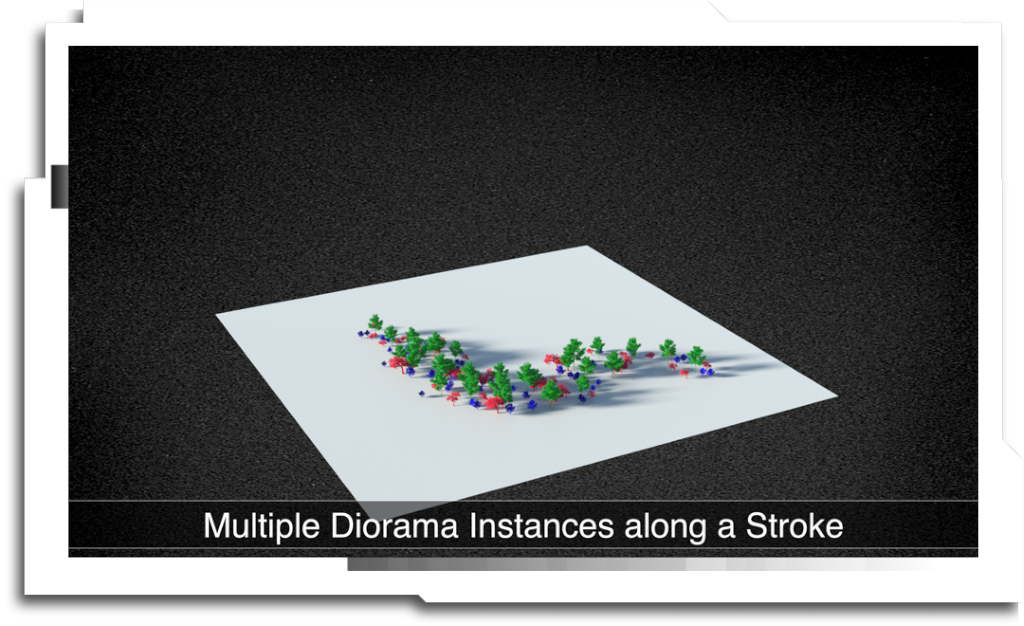
Diorama uses a combination of static artist-authored templates and procedural rules to create a fast, art directable layout tool. In many ways it can be thought of as a 3D version of Photoshop’s bitmap-based brushes.



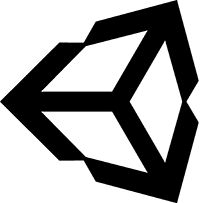
We had a lot of support on this project from Unity Technologies, particularly Mike Wuetherick and the M+E division.

I created this showcase environment to demonstrate the use of the tool. This was originally intended only for internal use, but ended up being the first part of our talk at Siggraph.

Each station demonstrated one of the features of the tool, including clustering, physical scatter and a quite advanced layer-based culling system.

For the second part of our talk I created a more realistic environment layout demo, inspired by an area of the Sunshine Coast. The assets are a combination of my own library and packs from ‘NatureManufacture’, who were kind enough to help us prepare for Siggraph.


Mid way through the layout demo (approx. 2 mins of work)
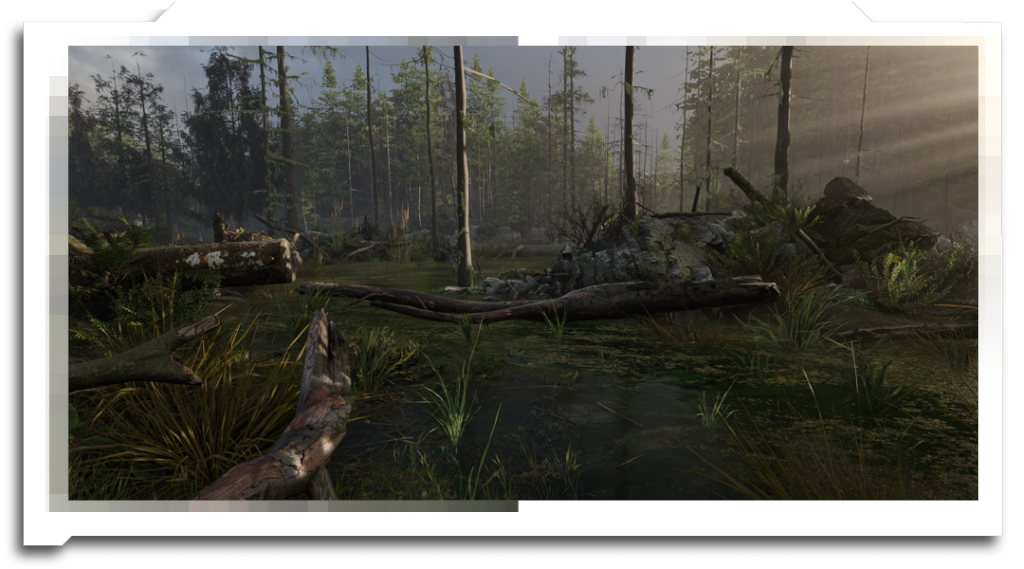
Final layout example from one of the demo run-throughs. Approx 4 mins of work (see the embedded video to see it done live).
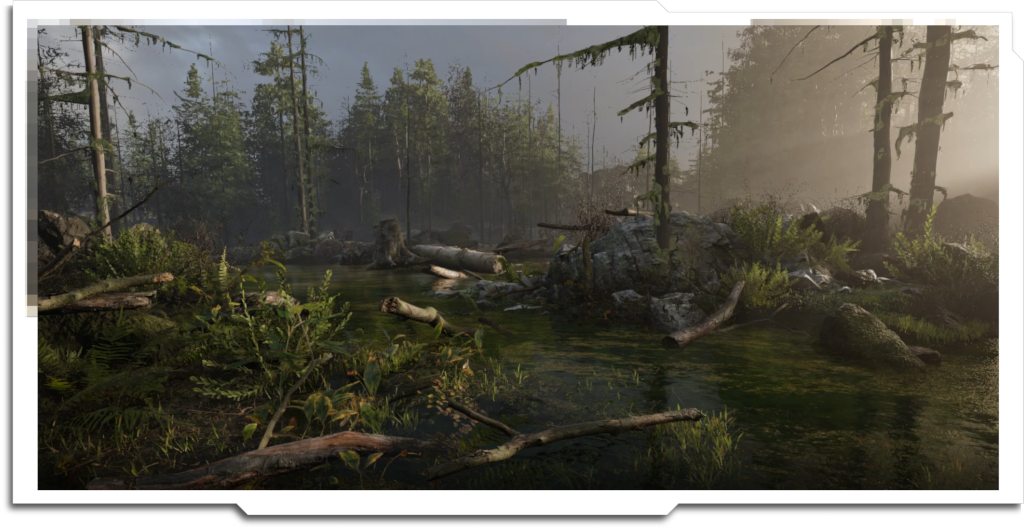
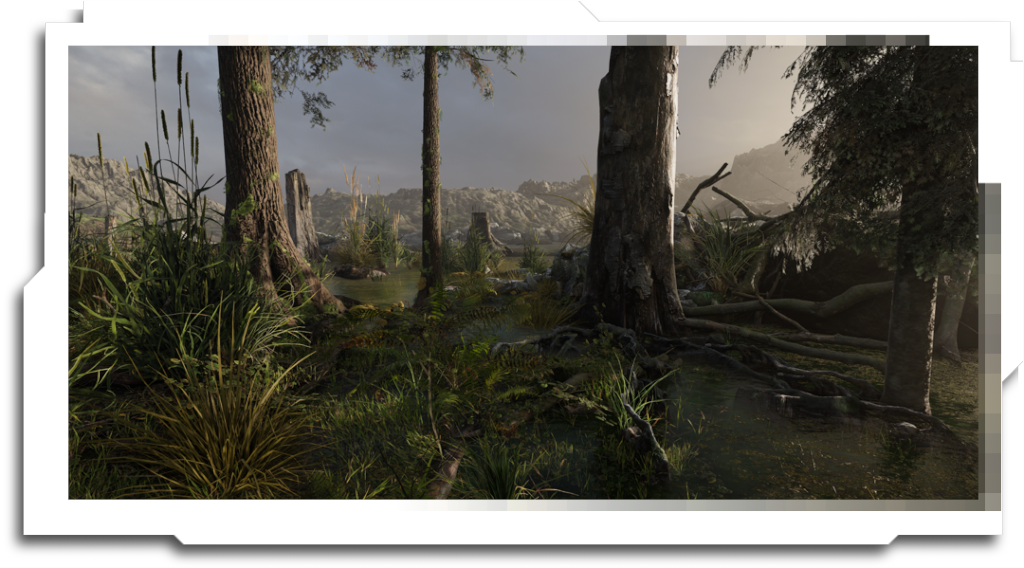
Two other layout examples using the same Diorama Templates

Diorama was used in some way on most shows that came through MPC Vancouver – including 10,000 billboards for the Ryme City environment on ‘Pokémon’s Detective Pikachu’.
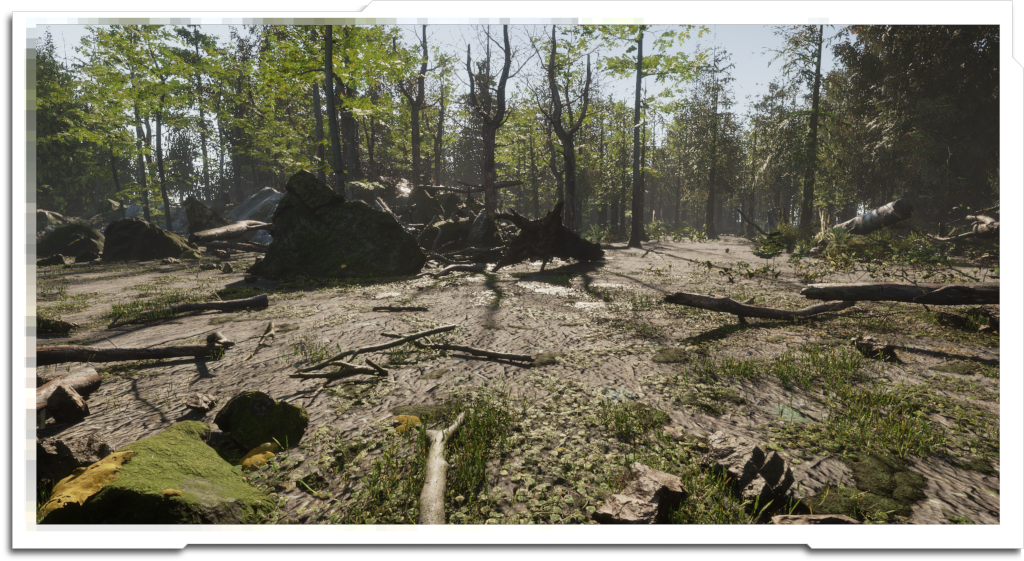

I really wanted to see how a Diorama environment would perform with realtime raytracing – these are my first tests with an alpha of 2019.3.
John and I were invited by Unity Technologies to present ‘Diorama’ at Siggraph 2019. Unity were kind enough to record and release the talk online.
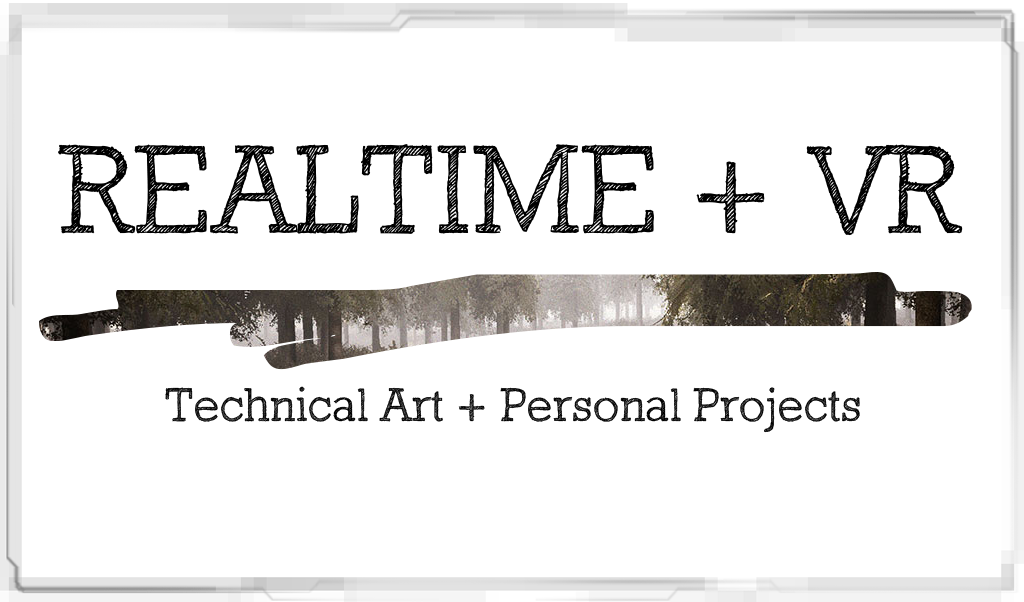
Despite starting off as a 2D concept artist, I’ve found a lot of my personal projects have drifted into technical experiments in realtime and VR.
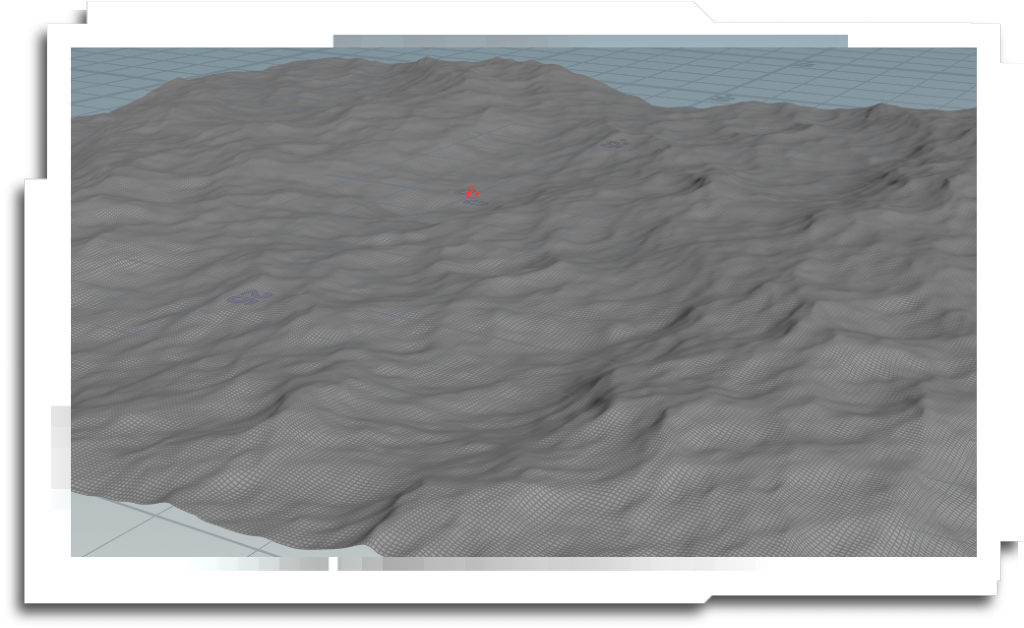

Houdini ocean test. I found it’s possible to bake 10.6 secs of a Houdini ocean sim to an 8k flipbook as vector displacement data. The texture is huge, but since it’s only sampled once, is extremely fast.


Houdini Vector-displaced water in Unity HDRP

Two Houdini procedural assets combined in Houdini Engine for Unreal

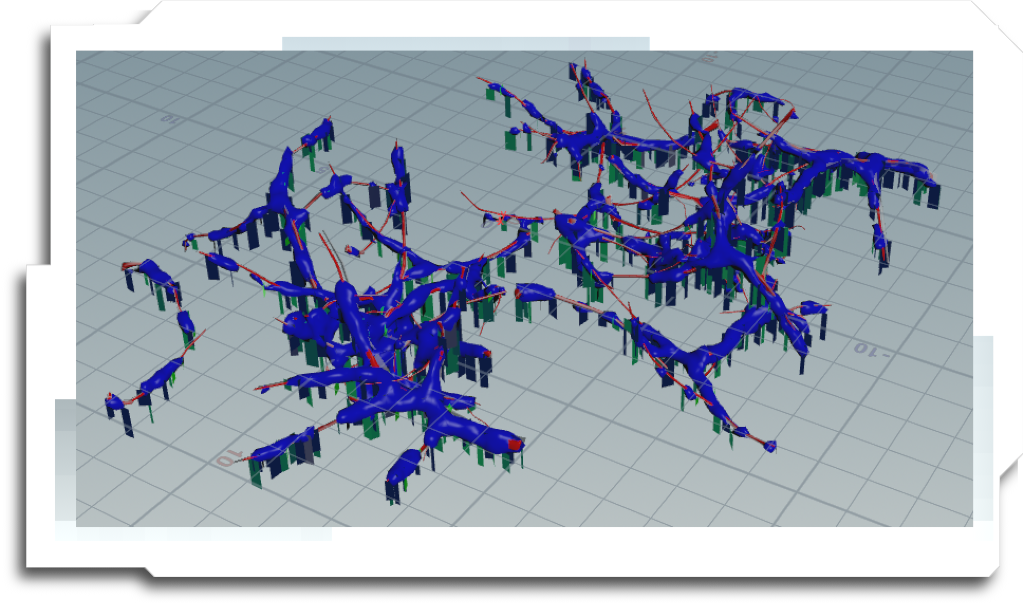
Houdini procedural assets – one that warps photogrammetry scans to fit a custom shape, and one that grows dripping moss on arbitrary objects.




I’ve been making good use of procedural tools and workflows for the work shown here – something I think will only grow in future.

Unity Scene containing a number of assets shown elsewhere on this page. This is a legacy render, before the switch to HDRP (which greatly increased the quality of translucent leaves).


Interactive showroom concept for a clothing label. A lot of emphasis was put on accurate fabric representation in VR.
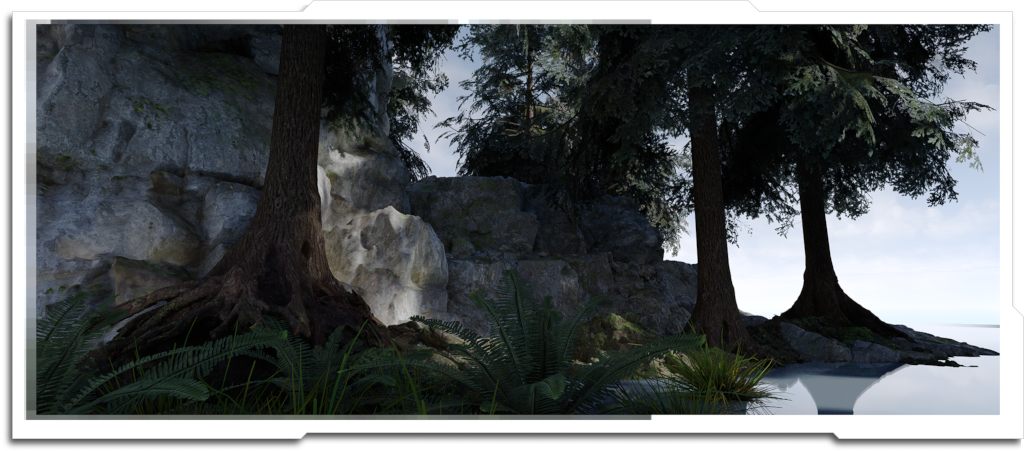
Unreal scene, combining the same assets

Coming from Europe, one of the best ways to learn North American trees has been to model them. This is a Western Hemlock created in ‘Plantfactory’. The base is made from 3 photoscans merged together.

This experiment splits up a tree into 8 atlased billboards. The field of view is limited to around 90deg, but the results are promising, and (apart from the overdraw) quite efficient.


As a technical challenge, I coded a matrix transform in a substance FX node. This allows position and normals maps to be manipulated within substance, for some interesting effects. In this example, whatever angle the fern is rotated, the leaves nearest the ground are retextured to brown and decayed.

Some more polished photogrammetry assets, from Lighthouse Park and the Capilano River.

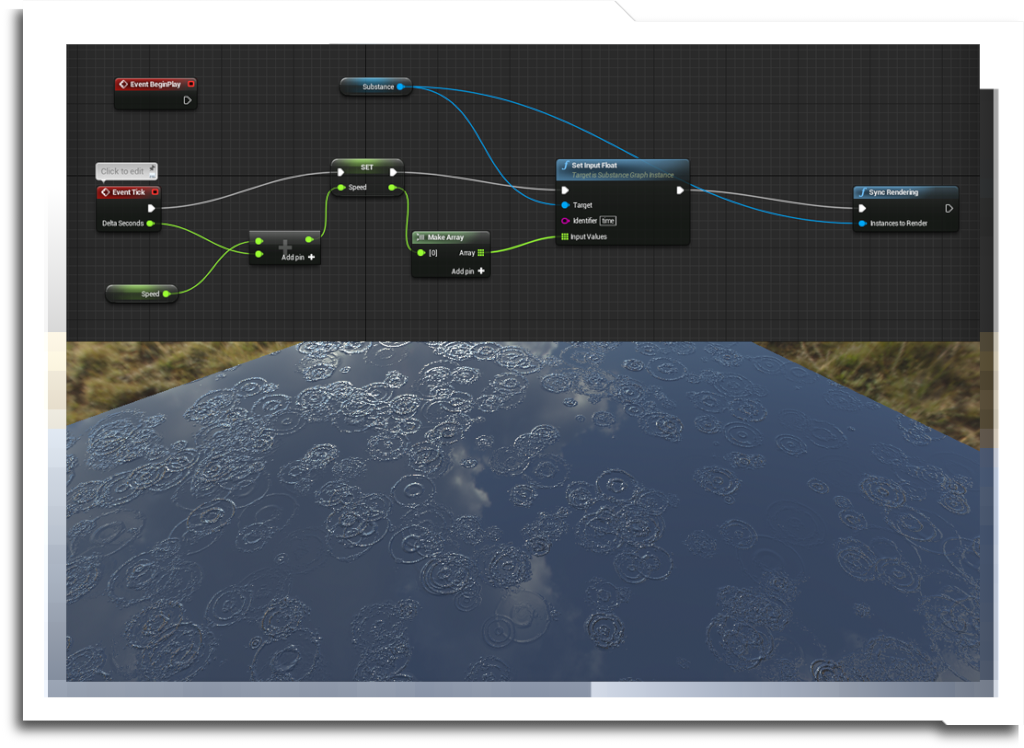
This ‘virtual runway’ was a project to really push my skills with Substance Designer. Everything, including the animated raindrops, was textured using the tool.
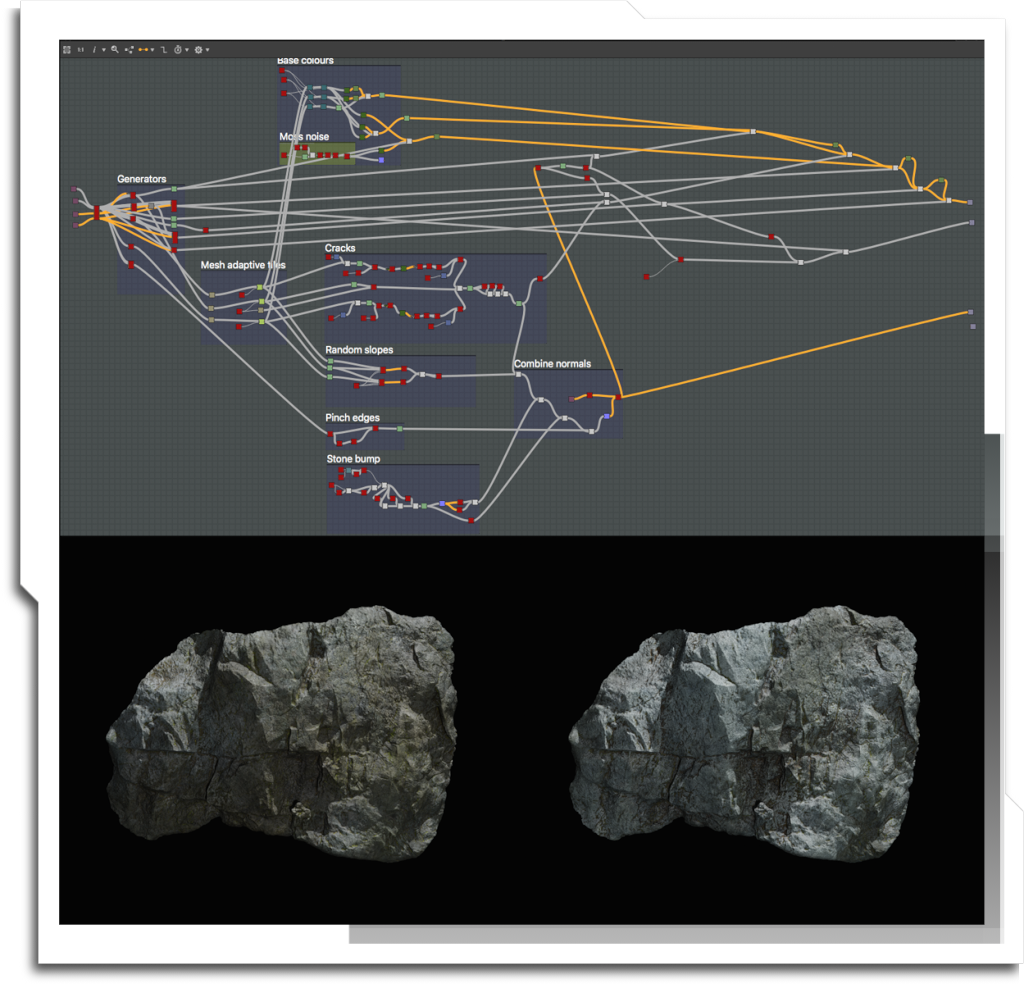

The photogrammetry rocks were shot on a relatively old camera (before I replaced it with a Sony A7R), and were quite soft. This is a substance designer script to up-res and sharpen the edges, to create the appearance of higher quality assets.

Photogrammetry de-lighting experiment. Uses a partially emissive shader to create realistic baked indirect lighting from the photogrammetry solve itself. I haven’t yet found a use for it, but the results were promising.
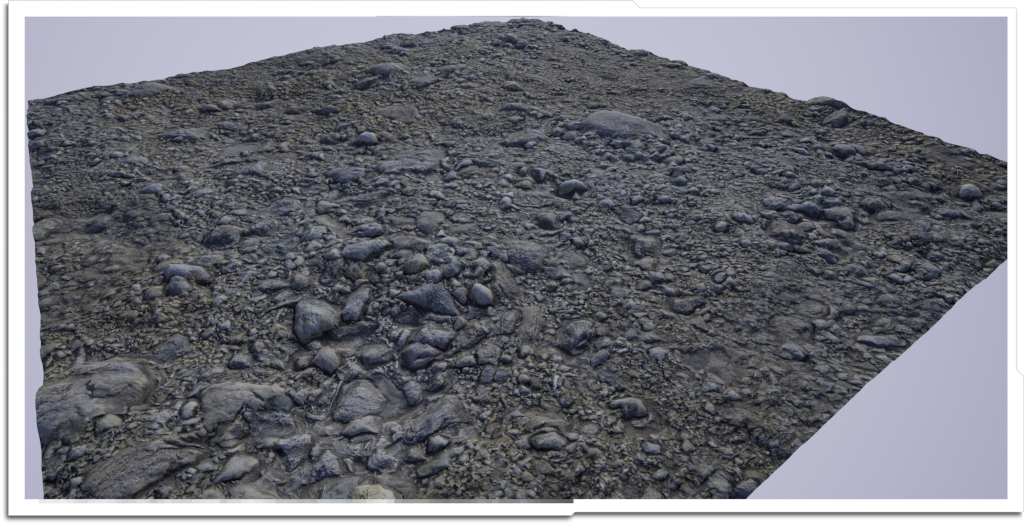

Like a lot of artists, I was very impressed with ‘Real Displacement Textures’ when they were first released. This is an experiment on how I could replicate something similar results on my own kit.

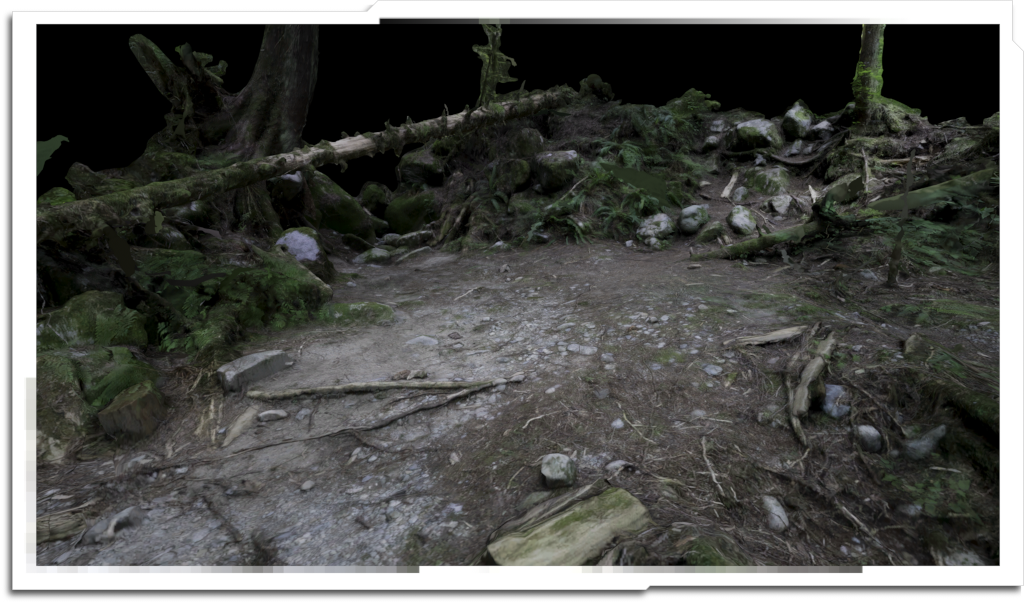
Two of my earliest photogrammetry experiments, both around mosquito creek in North Vancouver. I was comparing ‘Photoscan’ (now ‘Metashape’) and ‘RealityCapture’ at the time, so I don’t know which one these were solved in.

MPC Vancouver was the primary vendor for the 3rd act of ‘Justice League’ – set in the fictional town of ‘Skrunda1’ (a mix of Chernobyl and Pripyat). The Environments team was tasked with dressing a full CG city, 12km square

To allow such a large area to be fully dressed in only a few months, I proposed using a new toolset, based around Unreal Engine 4. At peak, 5 artists were working simultaneously in Unreal, with the final layouts exported back to the MPC pipeline for rendering.

This daytime shot is one of the few where our work is really visible. A lot of the rest of the team’s efforts is hidden behind FX, motionblur, and a heavy red grade.
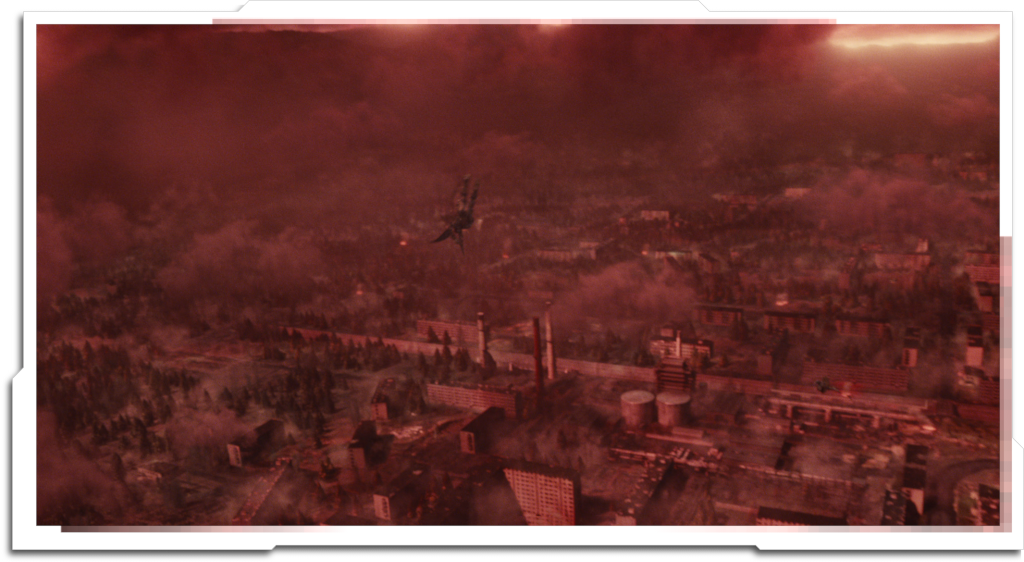
The full scene had over 400,000 instances, and in some aerial shots almost all of them were visible – so we had to use every optimization technique we could think of to keep the scenes interactive.

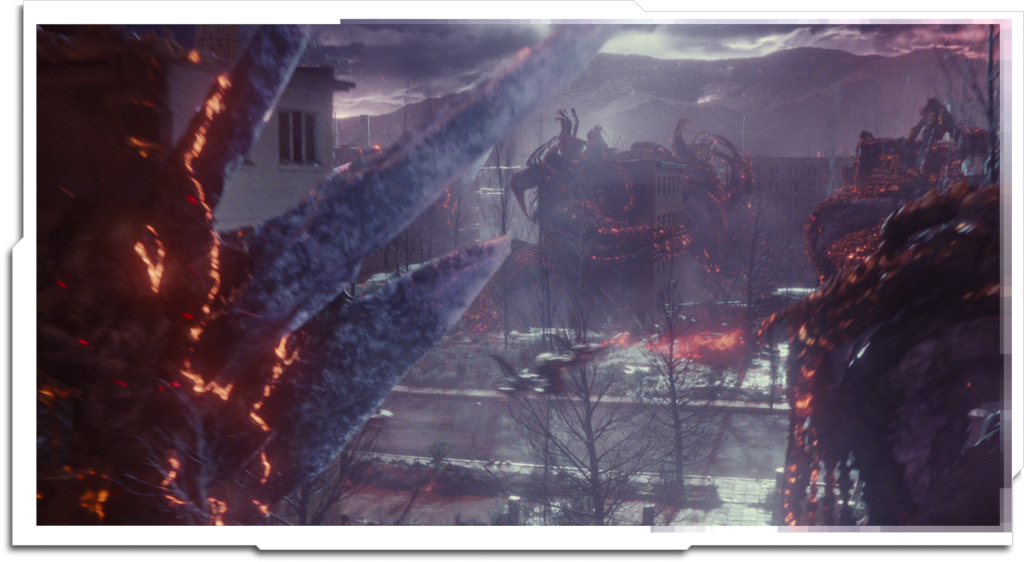
I oversaw a team of 13 artists, who created more than 240 unique assets. I textured around 40 of them myself in ‘Substance’.




This was the first show at MPC to make use of a game engine for VFX production.
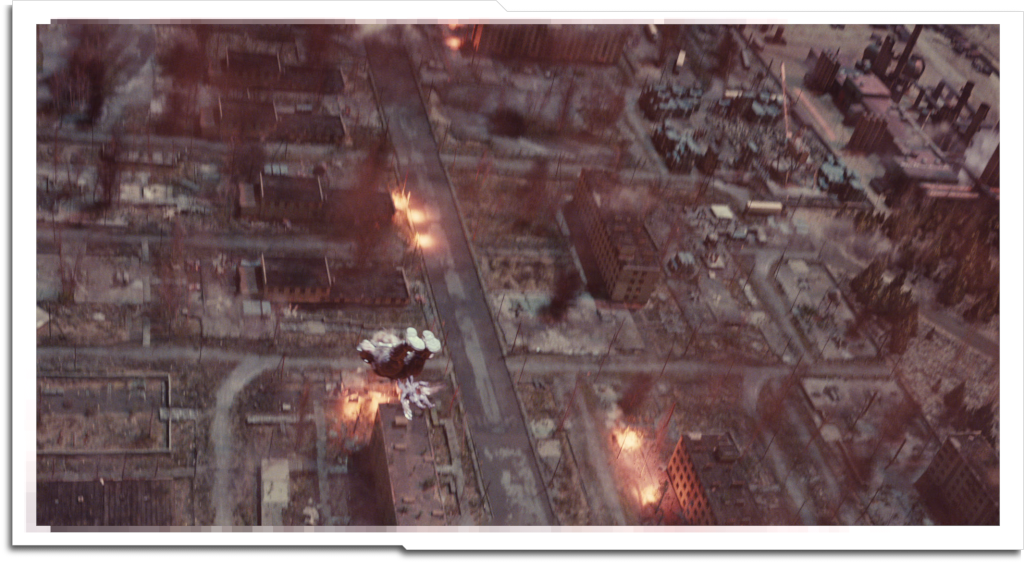
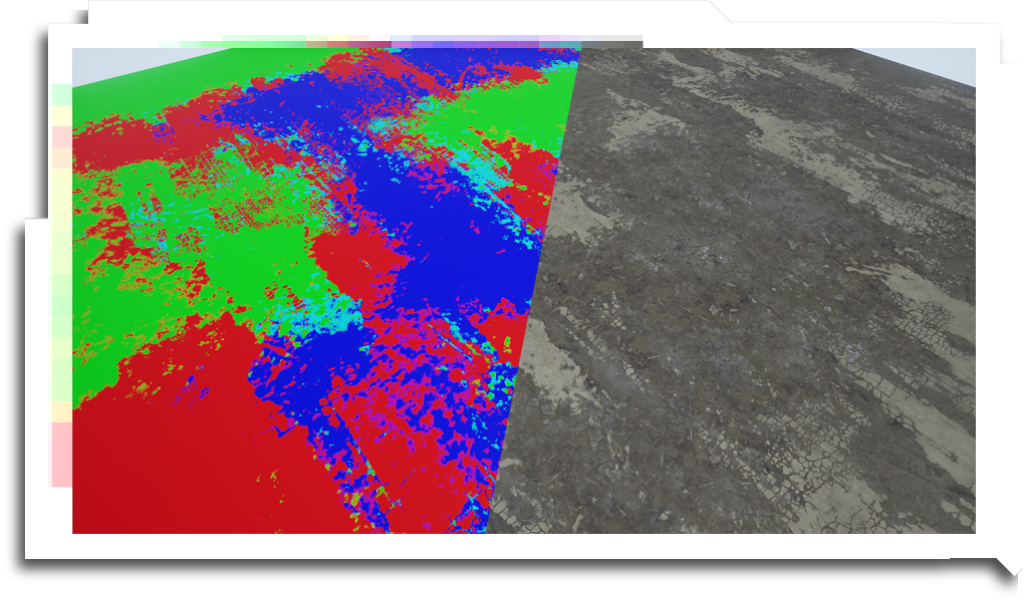
I also created a 5-layer blend shader for Unreal, which allowed artists to edit the terrain texture interactively. The vertex map was exported as a primvar, and the shader was duplicated in Katana, giving a precise match between Unreal and Renderman.
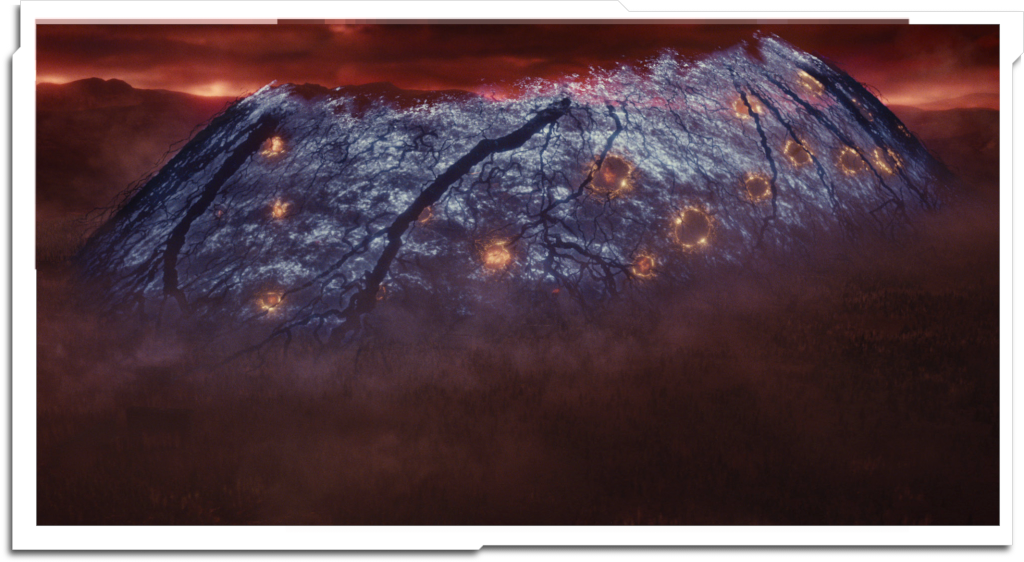
There is actually a fairly detailed matte painting in the background here, but (as is often the case) the DI grade makes it virtually impossible to see anything.

One of the great things about using a game engine is getting a lot of additional functionality for free. At the very end of the project, it was noted that none of the utility poles had cables, so I wrote a tool in blueprint to procedurally create a plausible network of simulated softbody wires.


The final shots of the movie required the city to be covered in ‘beautiful alien plants’. I created four plant types in ‘Plantfactory’, which were animated by Andrew Bain.

Myself and John Vanderbeck gave a talk at Siggraph 2018 titled ‘Accelerating Film Environment Creation Using Game Development Tools’. The work described here formed a large part of the presentation.

Two part TV Movie for AnthemFX – meant to be a prequel to the ‘Peter Pan’ story.

I worked for MPC Vancouver for more than 8 years, 7 of them as head of the 3DDMP / Environments department.
As far as I can tell, I hired 154 people into the department during my time there, around 40 for their first ever role in VFX.
The studio closed it’s doors for good in December 2019

Ad Astra – 2019
A large part of MPC’s work on the show was creating planetary views from space. Terragen is an ideal tool for this, and we made heavy use of it throughout the show.
This shot is a Terragen base by me, with further matte painting by Tadaomi Kawasaki.


This shot, like a lot of shots on the project, was touched by a great many people. I believe it was finished in MPC London, based on a Terragen setup created by myself and the environment lead, Scott Russell.


The Dark Tower – 2018
I created a library of textures for the titular ‘Dark Tower’ which were used in a ‘texturebombing’ shader by Tim Crowson. The background sky is a matte painting by Matt Ellis, based on photos I took in the South Pacific.
The landscape was a ‘2am’ shot, created in less than 24hrs alongside Michael Gardiner and Eduardo Lopez. It never made the final cut…

My first project in Vancouver, for AnthemFX, the company that brought me to Canada. They’re sadly long gone, but they threw amazing parties…
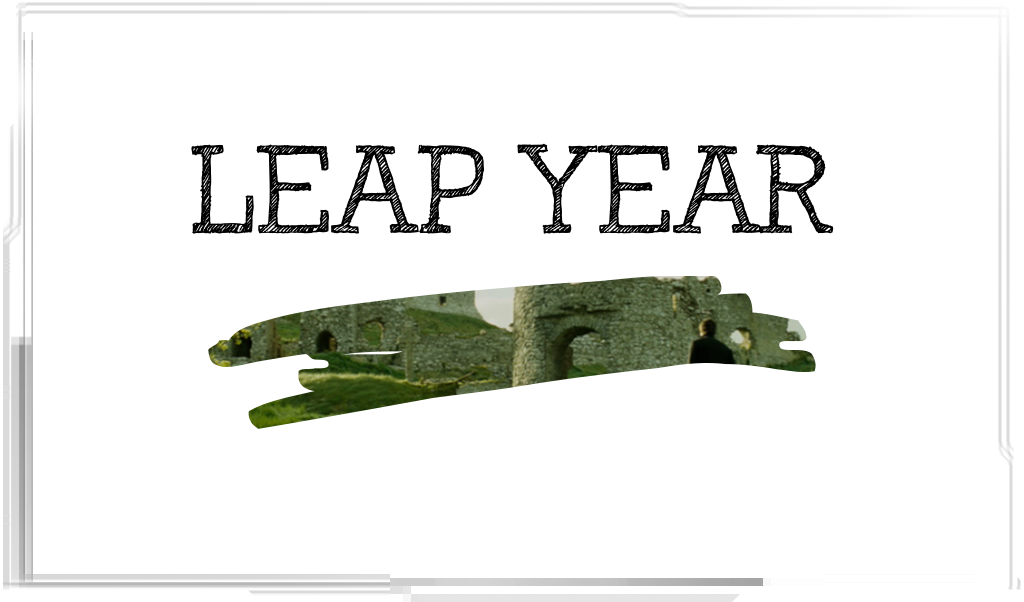
This was my first film at Cinesite, and the one that taught me not to chase projects. I was initially very disappointed to be given this instead of ‘Prince of Persia’, but ended up having a great time, and the opportunity to have large creative impact – even if it’s not necessarily a film I’d actually watch…

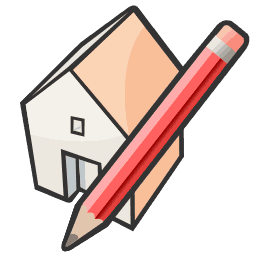

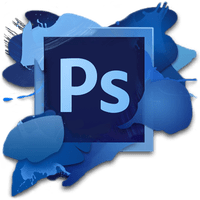
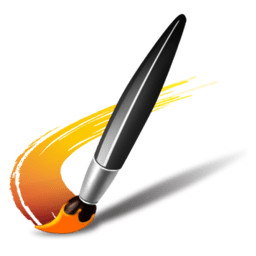
Freelance contract for ‘PaintingPractice’. Work was a combination of concept designs to be sent to Rocket Science VFX in Toronto, and DMPs that were completed locally.

